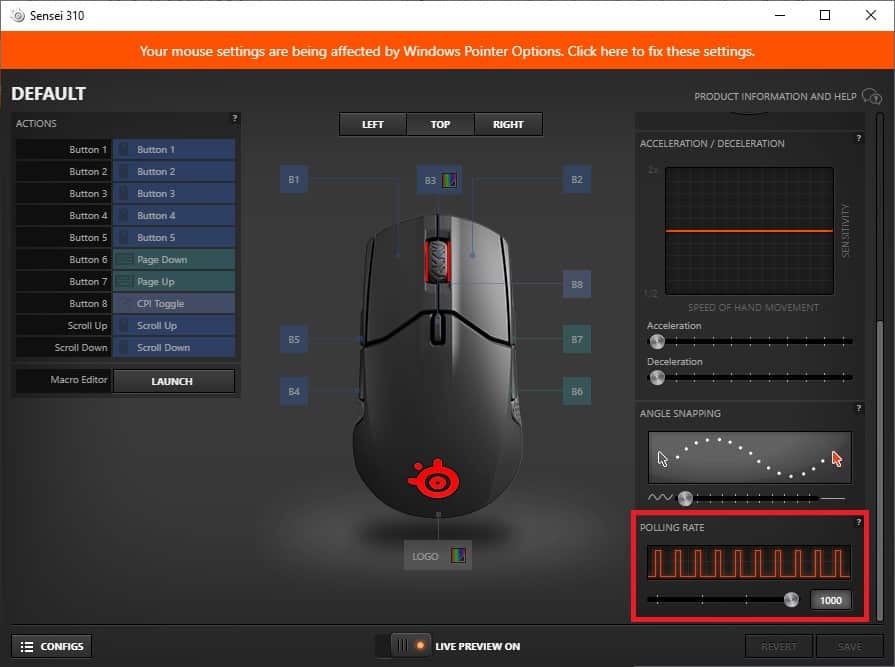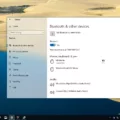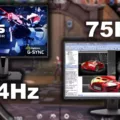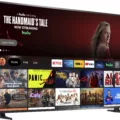As a gamer or even a casual computer user, you might have heard the term “mouse polling rate.” In simple terms, the polling rate refers to how many times your mouse reports its position to your computer per second. This value is measured in Hz (Hertz). The higher the polling rate, the more accurate and responsive your mouse movements will be. In this article, we will take a closer look at what mouse polling rate is, how it affects your gaming experience, and what polling rate you should use.
What is Mouse Polling Rate?
Your mouse constantly reports its position to your computer. This data is used to move the cursor on your screen or to control your character in a game. The polling rate determines how often your mouse sends this data to your computer. A higher polling rate means that your mouse sends this data more frequently, resulting in smoother and more precise movements.
Most gaming mice on the market today have a polling rate of 1000Hz, which means that they report their position to your computer 1000 times per second. Some mice, like the Logitech G Pro Wireless, can even go up to 2000Hz or higher.
How Does Polling Rate Affect Gaming?
The polling rate can have a significant impact on your gaming experience. The higher the polling rate, the more responsive and accurate your mouse movements will be. This is especially important in fast-paced games like first-person shooters, where split-second reactions can mean the difference between victory and defeat.
A higher polling rate can also reduce the input lag between your mouse movements and what you see on your screen. This lag occurs because your computer takes some time to process the data sent by your mouse. A higher polling rate means that your mouse sends data more frequently, reducing this lag and making your movements feel more immediate.
What Polling Rate Should You Use?
As we mentioned earlier, most gaming mice have a polling rate of 1000Hz, which is the optimal polling rate for most people. However, some gamers might prefer a lower polling rate to reduce CPU usage or to better match their monitor’s refresh rate. If you are using a high refresh rates monitor, like a 144Hz or 240Hz monitor, a higher polling rate can help reduce cursor stuttering and improve accuracy.
It’s worth noting that not all games benefit from a higher polling rate. Some games, like strategy games or MOBAs, do not require split-second reactions and may not benefit from a higher polling rate. In these cases, a lower polling rate might be more appropriate.
The mouse polling rate is an important factor to consider when choosing a gaming mouse. A higher polling rate can improve your accuracy and responsiveness, but it can also use more CPU resources. Most gaming mice have a polling rate of 1000Hz, which is the optimal polling rate for most people. However, some gamers might prefer a lower or higher polling rate depending on their preferences and the games they play. Ultimately, the best polling rate for you will depend on your personal preferences and gaming needs.

The Benefits of a 1000Hz Polling Rate for a Mouse
A 1000Hz polling rate is considered to be excellent for a gaming mouse. A polling rate refers to how often the mouse sends data to the computer, and a higher polling rate means that the mouse is sending data more frequently. This can make the mouse feel more responsive and accurate, which is crucial for competitive gaming. A polling rate of 1000Hz means that the mouse is sending data to the computer 1000 times per second, which is the maximum polling rate for most gaming mice. It’s worth noting that not all gamers can notice the difference between polling rates, and some may prefer a lower polling rate for other reasons, such as saving battery life. However, for most gamers, a 1000Hz polling rate is ideal for achieving maximum precision and accuracy in their gameplay.
The Benefits of a Higher Mouse Polling Rate
A higher mouse polling rate can be considered better in terms of reducing the lag between your mouse movement and the on-screen response. This is because a higher polling rate means that the mouse is sending more frequent updates to the computer, allowing for more accurate and responsive tracking.
However, it is important to note that a higher polling rate can also use more CPU resources, as the computer has to process more data from the mouse. This may not be noticeable on a high-performance system, but it could impact the performance of a lower-end computer.
A higher mouse polling rate can provide a better user experience in terms of reduced lag, but it may also come with a trade-off in terms of increased CPU usage. It is up to the individual user to decide what polling rate works best for their specific needs and system specifications.
The Benefits of a 125Hz Polling Rate Compared to 1000Hz
When it comes to the polling rate of a mouse, there is a noticeable difference between 125Hz and 1000Hz speeds. A higher polling rate is important for accuracy, particularly when using a high refresh rate display. While a 125Hz polling rate may be sufficient for some users, a 1000Hz polling rate is generally considered to be more ideal. The higher the polling rate, the smoother and more precise the cursor movement will be on the screen. Additionally, a higher polling rate can also help to reduce input lag, which can be particularly important for gamers or other users who require quick and precise movements. while a 125Hz polling rate may be sufficient for some users, a 1000Hz polling rate is generally considered to be the best option for those who require the highest level of accuracy and precision.
Conclusion
The polling rate of a gaming mouse is an important factor to consider for all gamers. The higher the polling rate, the more accurate and responsive your mouse will be, which can make a significant difference in fast-paced games. A polling rate of 1000Hz is generally considered the best option for gaming mice, as it strikes a balance between accuracy and CPU usage. However, some high-end gaming mice now offer even higher polling rates, which can provide even greater accuracy and responsiveness. Ultimately, the best polling rate will depend on your individual needs and preferences as a gamer. It is recommended that you experiment with different polling rates to find the one that works best for you.








